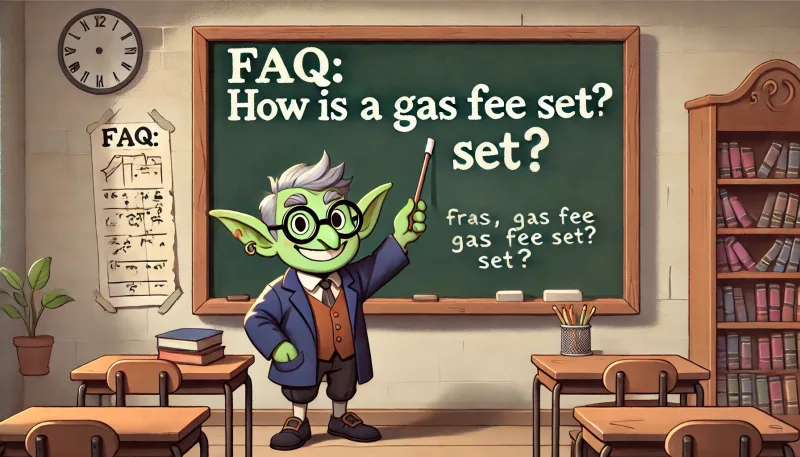How is a Gas Fee set Podcast
Understanding Gas Fees
Gas fees are determined by the supply and demand of validators on the network. When there is high traffic on the network (a large volume of transactions), the network cost increases. Conversely, when there is low traffic on the network (a smaller volume of transactions), the network cost decreases.
How is a Gas Fee Set?
- Dynamic Pricing:
- Fluctuating Fees: Gas fees fluctuate based on real-time network conditions. During peak times, users may experience significantly higher fees, while off-peak times typically offer lower fees.
- Gas Limit:
- Computational Effort: Each transaction requires a certain amount of computational effort, measured in gas. Users set a gas limit for their transactions, indicating the maximum amount they are willing to pay.
- Priority Fees (Tips):
- Incentivizing Speed: To incentivize faster transaction processing, users can add a priority fee (tip) to their gas fee. Blockchain Validators prioritize transactions with higher tips.
- Base Fee:
- Automatic Adjustment: Some networks, like Ethereum after the London upgrade, include a base fee that adjusts automatically based on network demand. This fee is burned, reducing the overall supply of the network’s native coin.
- Gas Price Markets:
- User Selection: Users can select their gas price based on how quickly they want their transaction processed. Higher gas prices generally lead to faster transaction confirmations.
- EIP-1559 (Ethereum Specific):
- Fee Mechanism Changes: This proposal introduced changes to the gas fee mechanism, including the base fee and a new fee-burning model, making gas fees more predictable and reducing volatility.
Tips and Considerations
- Estimating Gas Fees:
- Fee Calculators: Use gas fee calculators and estimators to predict the costs of your transactions on the network. This can help you budget for your transactions more effectively.
- Network Conditions: Monitor network conditions to choose optimal times for transactions. Off-peak hours typically have lower fees.
- Managing Gas Fees:
- Adjustable Gas Prices: Some wallets allow you to adjust the gas price to prioritize transaction speed or cost. Higher gas prices can speed up transaction processing, while lower prices can save on fees but may take longer.
- Batch Transactions: If possible, batch multiple transactions into one to save on overall gas costs.
- Security and Efficiency:
- Secure Wallets: Ensure that your wallet is secure and properly configured to handle gas fees and transactions efficiently.
- Stay Updated: Keep up-to-date with network upgrades or changes in gas fee structures that could affect your transactions.
- Gas Fee Alerts:
- Notification Services: Some platforms offer gas fee alert services that notify you when gas prices drop to a certain level, allowing you to execute transactions at a lower cost.
Conclusion
Gas fees are a crucial aspect of using blockchain networks, determined by the real-time supply and demand of validators. Understanding the factors of how a gas fee is set, such as dynamic pricing, gas limits, priority fees, base fees, and mechanisms like EIP-1559, can help users better manage their transaction costs. By leveraging tools for estimating fees, adjusting gas prices, and monitoring network conditions, users can optimize their transactions for cost and efficiency on the Goblins Ecosystem and other blockchain networks.

